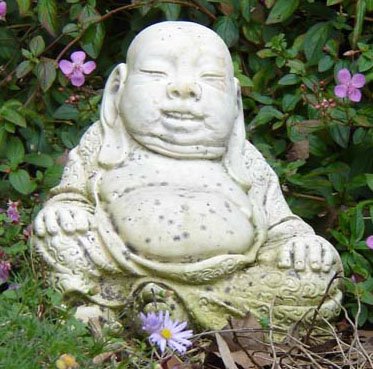
January 25, 2007
The military calls its new weapon an "active denial system," but that's an understatement. It's a ray gun that shoots a beam that makes people feel as if they are about to catch fire.
Apart from causing that terrifying sensation, the technology is supposed to be harmless - a non-lethal way to get enemies to drop their weapons.
Military officials say it could save the lives of innocent civilians and service members in places like Iraq and Afghanistan.
The weapon is not expected to go into production until at least 2010, but all branches of the military have expressed interest in it, officials said.
During the first media demonstration of the weapon yesterday, airmen fired beams from a large dish antenna mounted atop a Humvee at people pretending to be rioters and acting out other scenarios that US troops might encounter in war zones.
The device's two-man crew located their targets through powerful lenses and fired beams from 500 metres away. That is nearly 17 times the range of existing non-lethal weapons, such as rubber bullets.
Anyone hit by the beam immediately jumped out of its path because of the sudden blast of heat throughout the body.
While the heat was not painful, it was intense enough to make the participants think their clothes were about to ignite.
"This is one of the key technologies for the future," said Marine Colonel Kirk Hymes, director of the non-lethal weapons program, which helped develop the new weapon.
"Non-lethal weapons are important for the escalation of force, especially in the environments our forces are operating in."
The system uses electromagnetic millimetre waves, which penetrate the surface of the skin enough to cause discomfort.
The waves cannot go through walls, but they can penetrate most clothing, officials said. They refused to comment on whether the waves can go through glass.
The weapon could be mounted aboard ships, airplanes and helicopters, and routinely used for security or anti-terrorism operations.
"There should be no collateral damage to this," said Senior Airman Adam Navin, 22, of Green Bay, Wis., who has served several tours in Iraq.
Navin and two other airmen were role players in Wednesday's demonstration.
They and 10 reporters who volunteered were shot with the beams. The beams easily penetrated various layers of winter clothing.
The system was developed by the military, but the two devices currently being evaluated were built by defense contractor Raytheon.
Airman Blaine Pernell, 22, of New Orleans, said he could have used the system during his four tours in Iraq, where he manned watchtowers around a base near Kirkuk. He said Iraqis constantly pulled up and faked car problems so they could scout out US forces.
"All we could do is watch them," he said. But if they had the ray gun, troops "could have dispersed them."
AP





